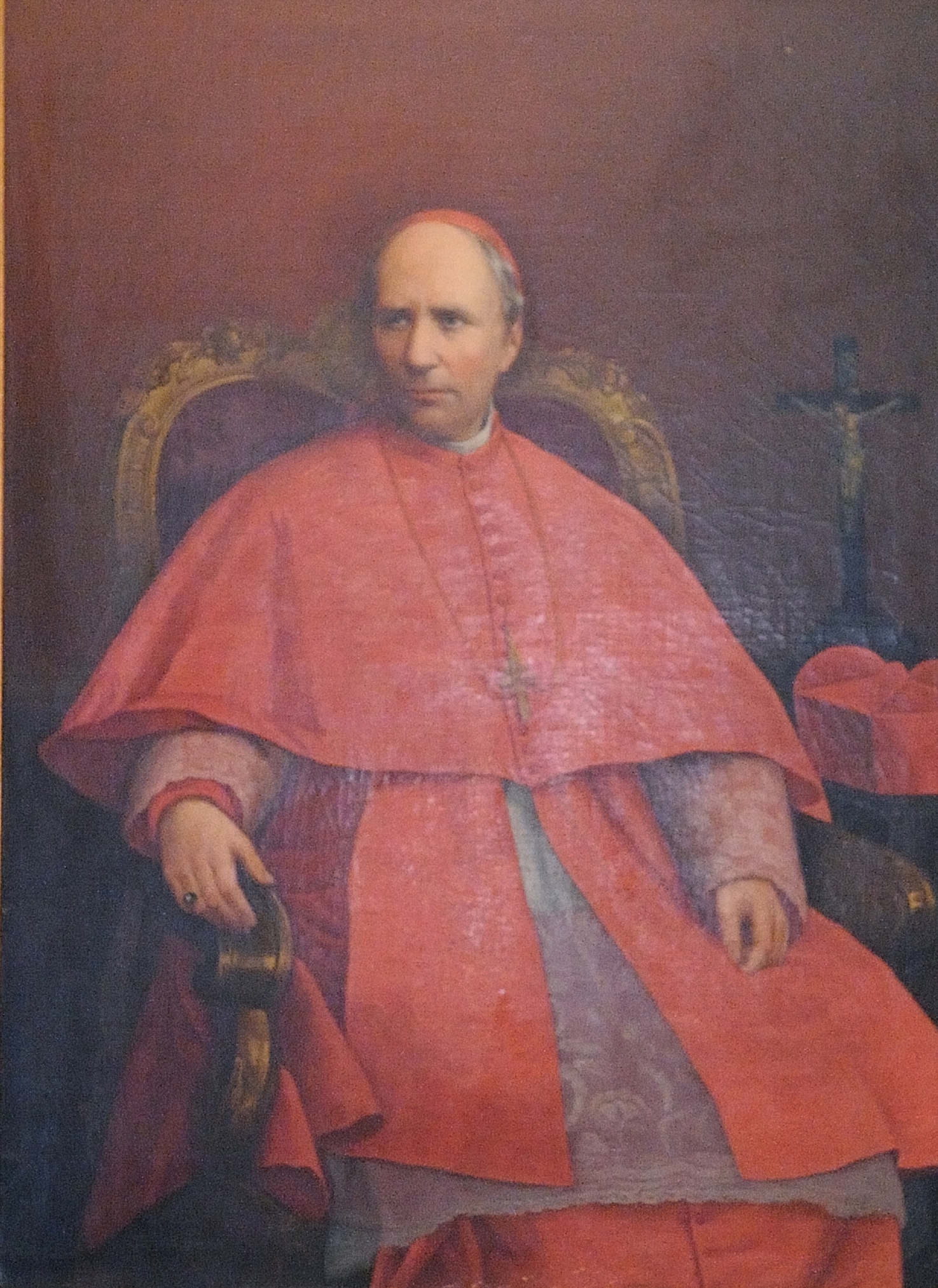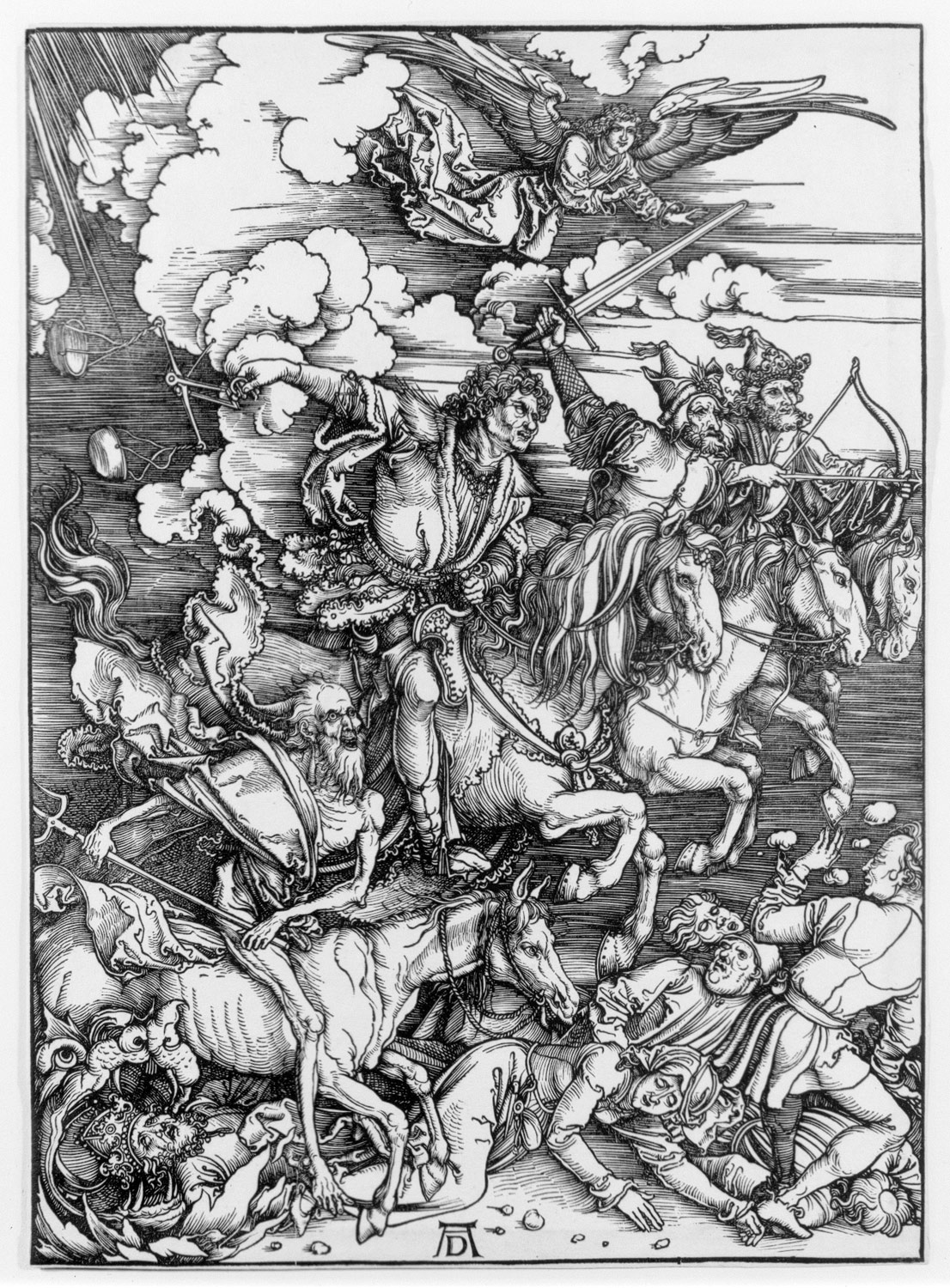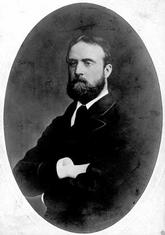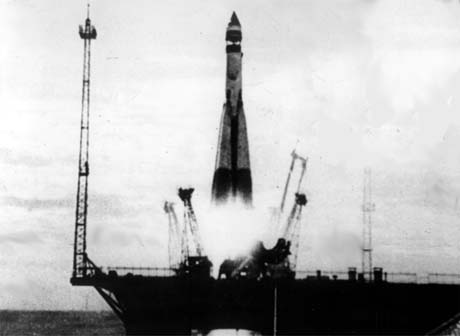31 October 1867: The death occurred of the 3rd Earl of Rosse at Monkstown, Co Dublin on this day. He was the most prominent astronomer of his time and built the world’s largest and most powerful telescope of the age on his estates at Birr Castle, County Offaly. After studying at Trinity College he later gained a First in Mathematics from Magdalen College, Oxford. He first represented the Kings County at Westminster as Lord Oxmanstown but was indifferent to deep political considerations. In politics he was a moderate conservative but of an independent mind on some leading questions.
After retiring from the world of politics he applied himself to the pursuit of astronomical science. Starting almost from scratch he assembled a series of large telescopes that he perfected through trial and error till eventually he produced his magnificent 72 inch optical reflector – the ‘Leviathan of Parsonstown’. With this he discovered or developed many unknown or little understood heavenly objects including the remains of the burnt out star Supernova SN 1054. He observed that nebula at Birr Castle in the 1840s, and referred to the object as the ‘Crab Nebula’ because a drawing he made of it that looked like a crab, which is still the name it is most commonly known as to this day.
One of Rosse's telescope admirers was Thomas Langlois Lefroy, a fellow Irish MP, who said: The planet Jupiter, which through an ordinary glass is no larger than a good star, is seen twice as large as the moon appears to the naked eye/.../But the genius displayed in all the contrivances for wielding this mighty monster even surpasses the design and execution of it. The telescope weighs sixteen tons, and yet Lord Rosse raised it single-handed off its resting place, and two men with ease raised it to any height.
This Reflecting telescope remained the largest in the world for over 70 years and is arguably the largest historic scientific instrument still working today. This ‘leviathan’ as it is named, remains in the centre of the Demesne as Ireland’s greatest scientific wonder and represents a masterpiece of human creative genius.
In 1849 he was elected President of the Royal Society. He was elected a member of the Imperial Acadamy at St Petersburg, and created a knight of the Legion of Honour by Napoleon III. He also received the Knighthood of St Patrick from Queen Victoria. Though born in England to an Anglo-Irish family he was strongly attached to this Country by the ties of family, property and sympathy.








,_August_2009.JPG/250px-Thomas_Russell_(01),_August_2009.JPG)









